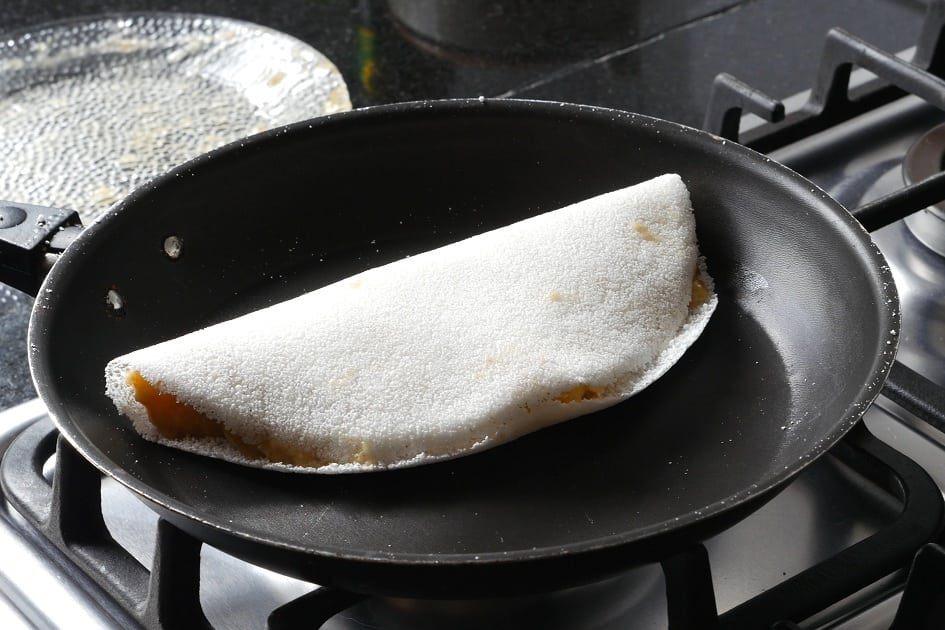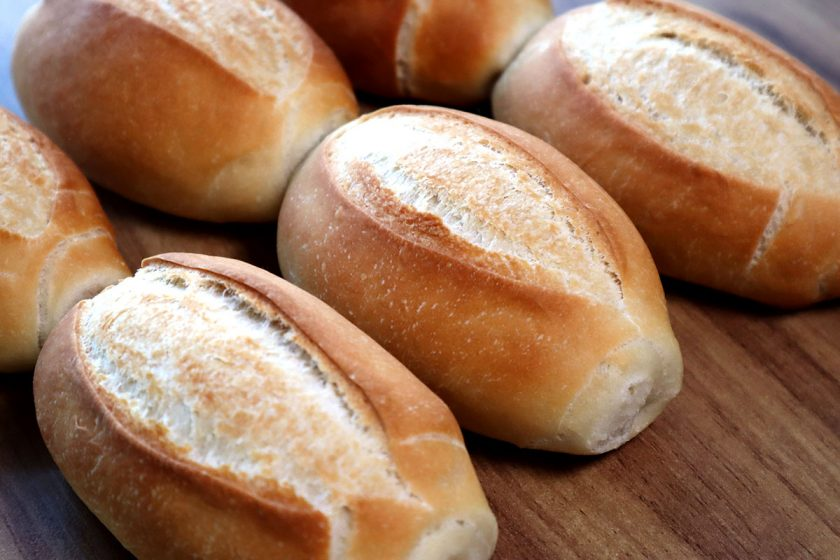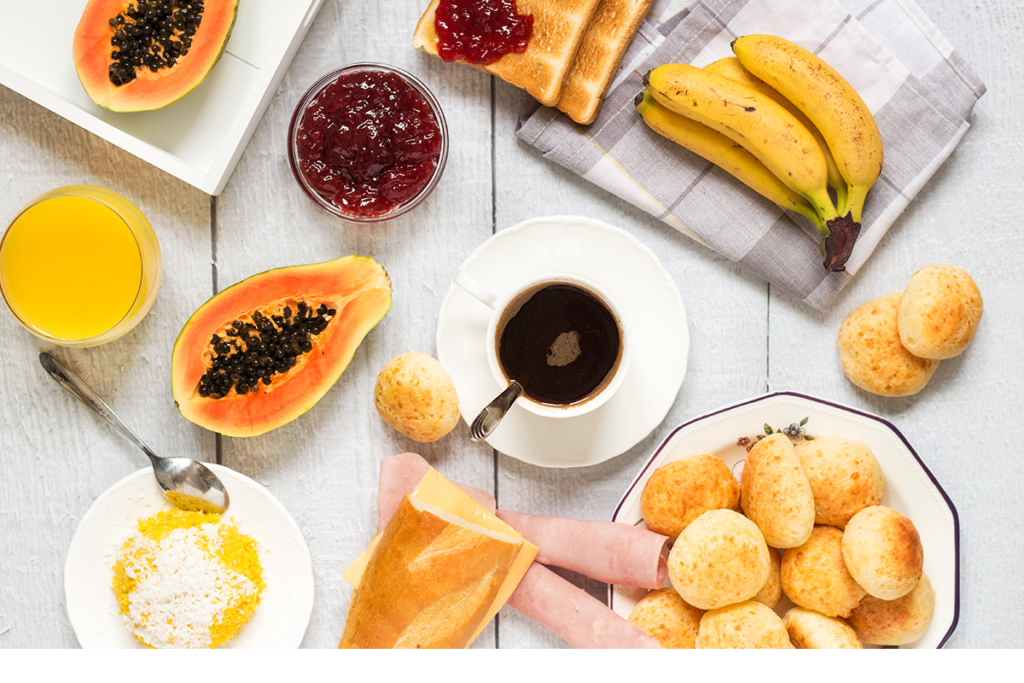Let’s get started!
In this section, you are going to see how was my day. You are going to learn how to use the “Pretérito Perfeito” tense and I will also show you a little bit of everyday culture.
Checklist
✅ Review the phrases you already have✅ Read today’s grammar topic
⚪ Watch the new video without subtitles
⚪ Read through the lesson content
⚪ Watch the video again with subs in Portuguese
⚪ Download your new Phrase sets
⚪ Review your new phrases using Lingophant
OPTIONAL
⚪ PRODUCTION: Write a simple text speaking about what you did today (or yesterday) using the Pretérito Perfeito (the same I used on the video)
Transcript/Translation
Portuguese
Hoje eu acordei às 7:30 da manhã, fui para a cozinha e preparei uma tapioca com queijo e fiz um chá. Depois, sentei na mesa, tomei meu café-da-manhã. E fui para o computador estudar alemão. Assisti alguns vídeos no YouTube e revisei meus flashcards no Lingophant e li um pouco em alemão também.
English Translation
Today I woke up at 7:30 in the morning, I went into the kitchen and made a tapioca [1] with cheese and made some tea. [2] Then I sat down at the table, had my breakfast and went to the computer to study German. I watched some videos on YouTube and reviewed my flashcards on Lingophant and read some German too.
[1] “Tapioca (Portuguese: [tapiˈɔkɐ]) is a starch extracted from the storage roots of the cassava plant” (Wikipedia). We can then prepare these “pancakes” and stuff with anything you want, either sweet or salty. This is what I have for breakfast almost every day.
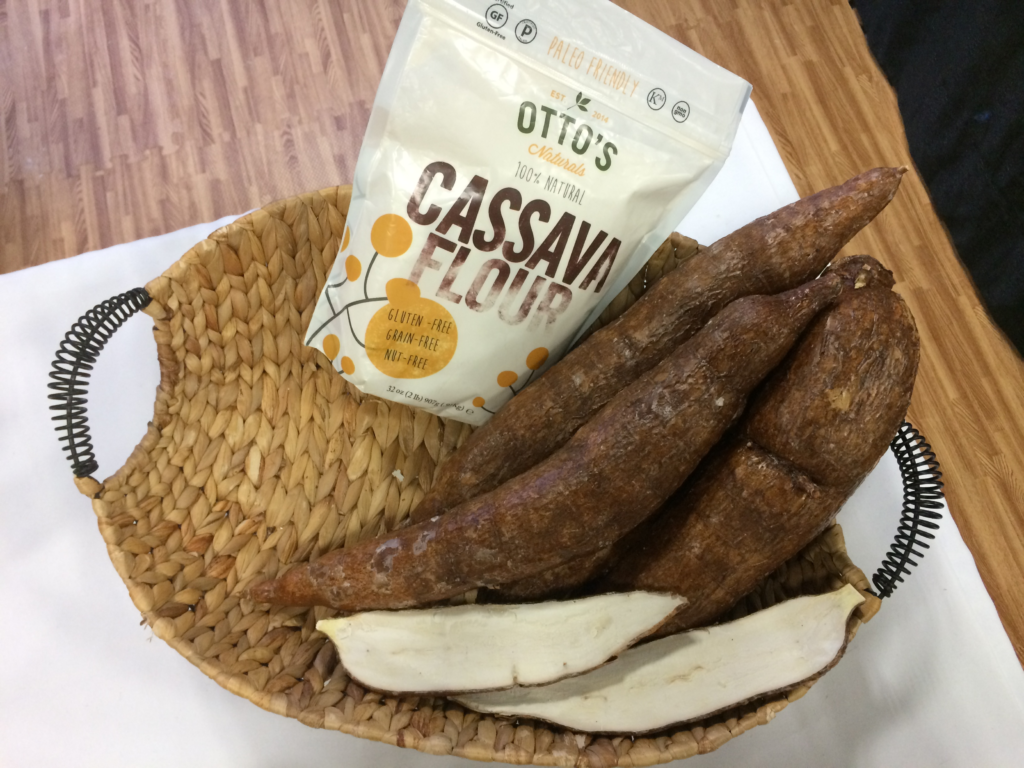
Portuguese
Depois, às 9h da manhã, começou minha primeira aula. Trabalho como professor de espanhol em uma empresa. Atualmente, dou aulas online. E aí… eu trabalhei até a tarde, na hora do almoço. Fiz uma pausa para o almoço. Depois, eu tive mais uma aula. Depois dessa aula, eu tive uma reunião para discutir sobre um projeto.
Estou trabalhando em um projeto, produzindo um curso de idiomas. E a gente discutiu um pouco sobre o projeto. E depois, comecei a trabalhar, escrevendo um texto e produzindo conteúdo.
[3] Lunch is the most important meal in Brazilian everyday life. It’s usually served around noon. In a Brazilian meal, there is always “arroz e feijão” (rice and beans)English Translation
Then, at 9:00 in the morning, my first class started. I work as a Spanish teacher at a company. I currently teach online. And then… I worked until the afternoon at lunchtime. I took a lunch break [3]. Then I had one more class. After that class, I had a meeting to discuss a project. I’m working on a project, producing a language course. And we discussed the project a little. And then I started working, writing a text and producing content.
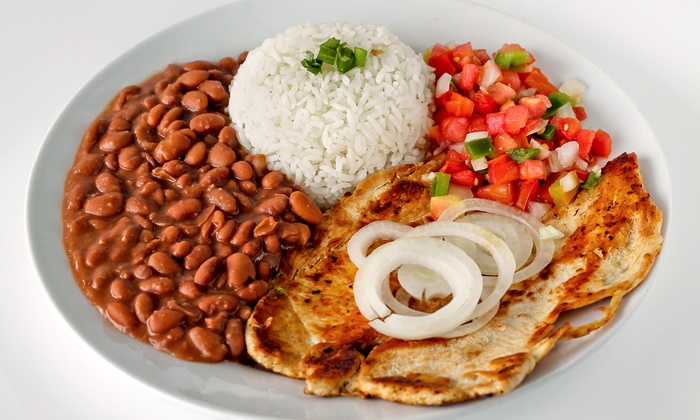
Portuguese
Fiz mais uma pausa para comer e depois começaram as aulas da faculdade. As aulas da faculdade acabam bem tarde e também são online, por causa da pandemia. Mas, depois, eu estava com muito sono mas eu ainda fui estudar um pouco e toquei guitarra por uns 10 minutos mais ou menos. Isso foi o que eu fiz hoje… Na verdade, ontem.
English Translation
I took another break to eat, and then college classes started. College classes end very late and are also online because of the pandemic. But then I was very sleepy but I still went to study a little and played guitar for about 10 minutes or so. That’s what I did today…
Here are your Phrase Sets!
For effective learning, make sure to practice your phrases daily.


